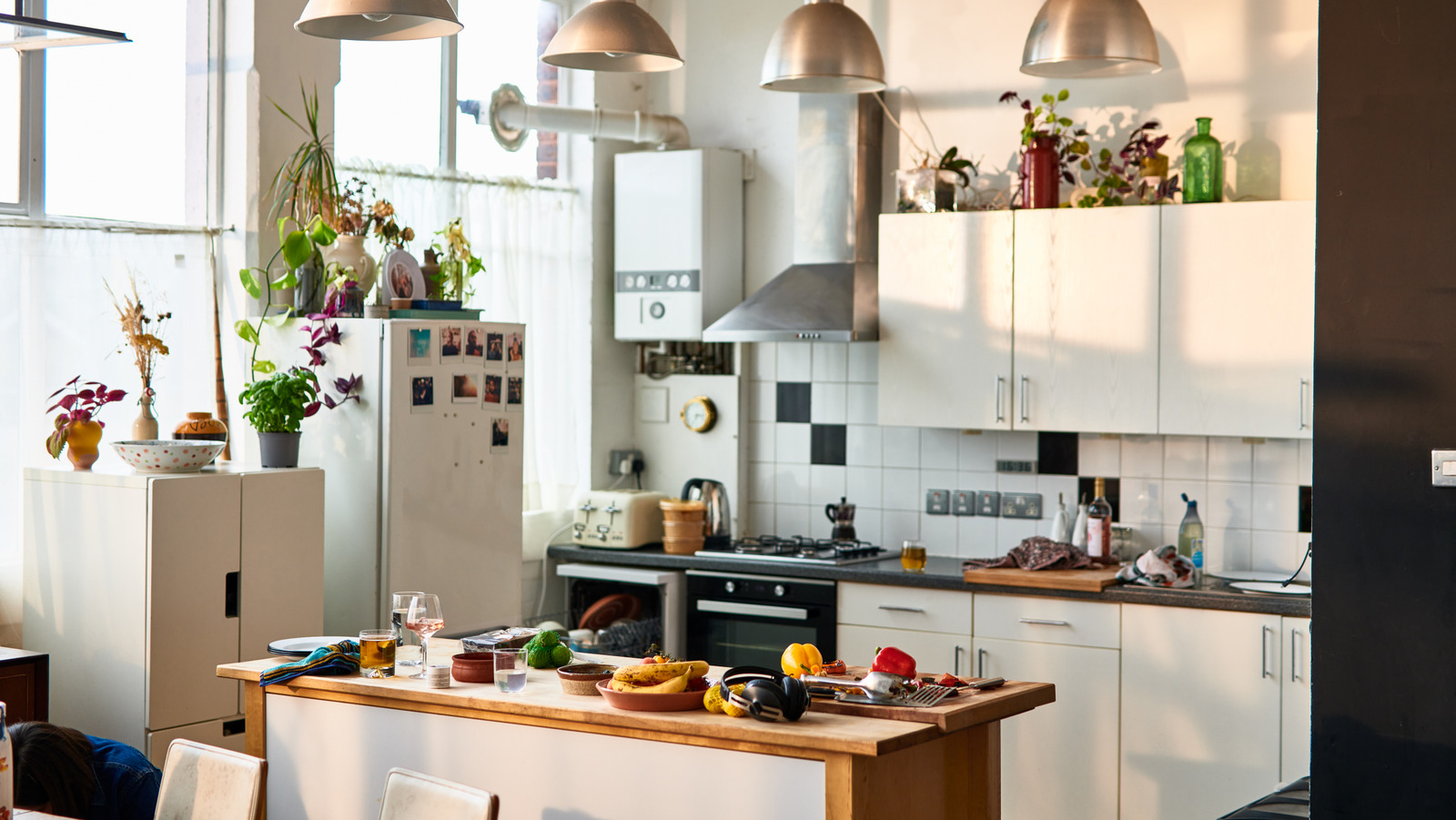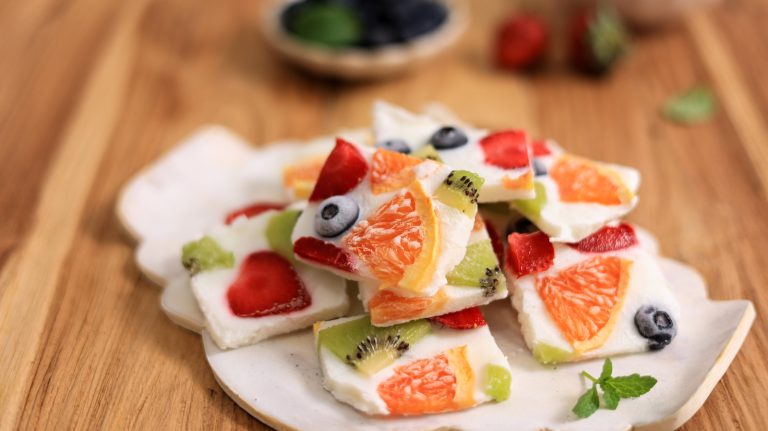A big part of design strategy is the merging of function and aesthetics. Kitchen renovation projects often mean carefully considering space to ensure no aspect of your kitchen goes unused. Colorful backsplashes can protect walls from cooking splashes while brightening up spaces, and floor runners can warm rooms while protecting wooden floors from dropped utensils and making small spaces appear larger. Sometimes the kitchen becomes a dumping ground for various odds and ends, however, and if you’re wanting to organize your kitchen like a chef, the documents and trinkets you collect throughout the week also need a place to go. While kitchen utensils and cooking vessels are ideally placed within easy reach, grocery lists and bills equally deserve organized placement. To keep space clear in the kitchen, a command center can function as a point of order.
Not only can a carefully crafted space help keep papers and supplies organized, but a central point of communication can help keep everyone in the household on the same page. Bulletin boards can be used to post upcoming events, and reminders can be displayed for looming deadlines and scheduled appointments. Creating this point of communication and organization is an easy, customizable DIY project that can be shaped according to the available space and the needs of the residents in your home.
Making order beautiful
Of course, this functional control center does not need to be stale in design. Though a command center may sound fancy, even within a minimalist kitchen, your organizational point does not need much to be effective. Magnetic clothes pins, sheets of blank paper, and cups to hold office supplies may be all you need to keep your family on track. The idea is that this place becomes a managerial point that can reduce clutter and serve as a dedicated location for important communication. The station can also act as a drop-off point for keys, wallets, and eyewear.
Consider the location that works best in your space and how much area you need. Smaller families may not want an expansive control area, while larger families may need more space to showcase artwork, event invitations, recipes, grocery lists, and weekly meal plans. Choose colors and designs that complement your kitchen so that you are inspired to use the area. Use chalkboard paint to create a surface that can be fun for little ones to contribute to or hang a dry-erase board so that upcoming activities are in clear display. Mount file pockets to keep various paperwork in order, or set up attractive bins for frequently used electronics and cables. The goal is to balance accessibility with design and not to bombard your kitchen with the placement of the control room. It should be a helpful, complementary creation, not a dominating space that takes over the room.






